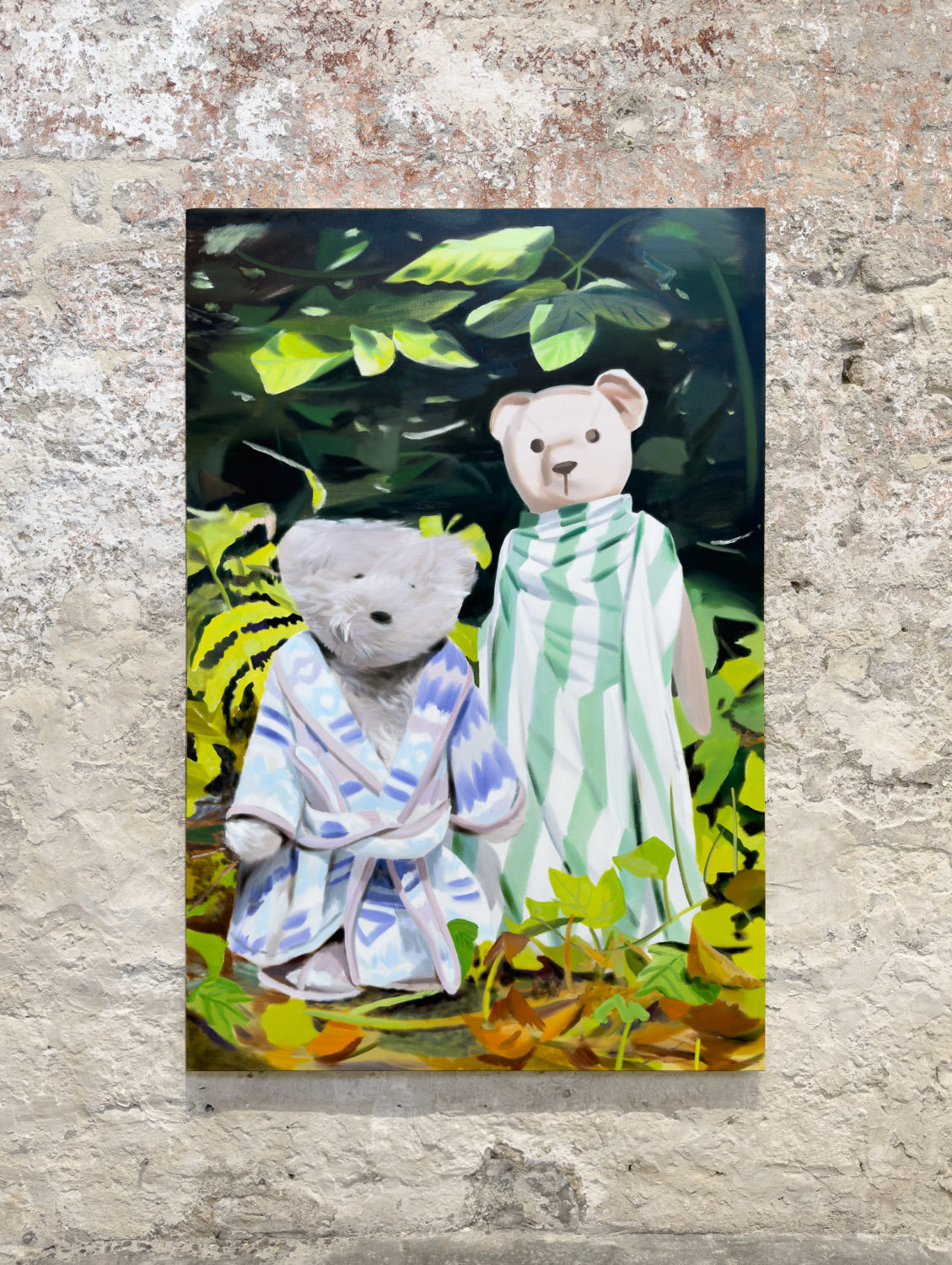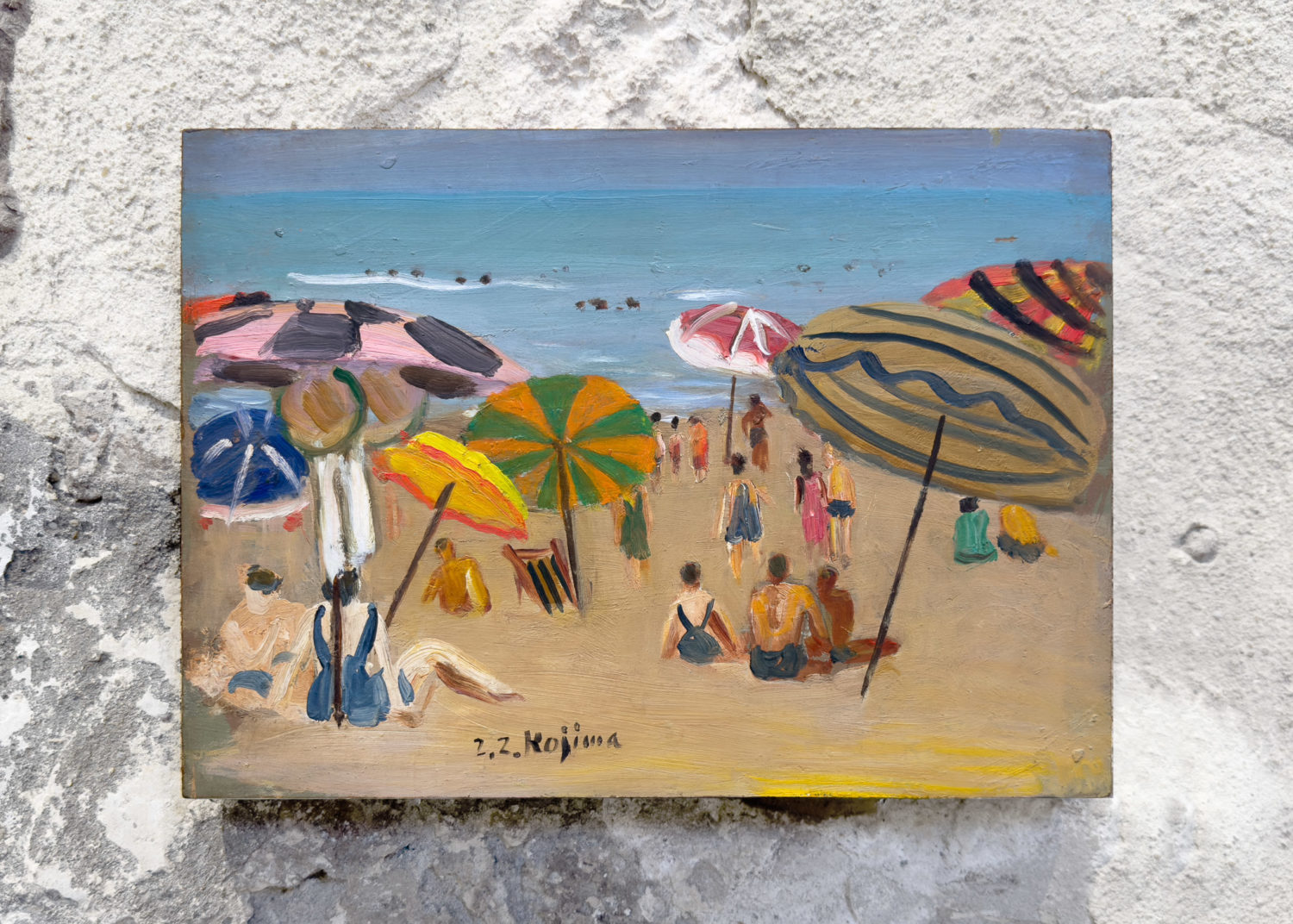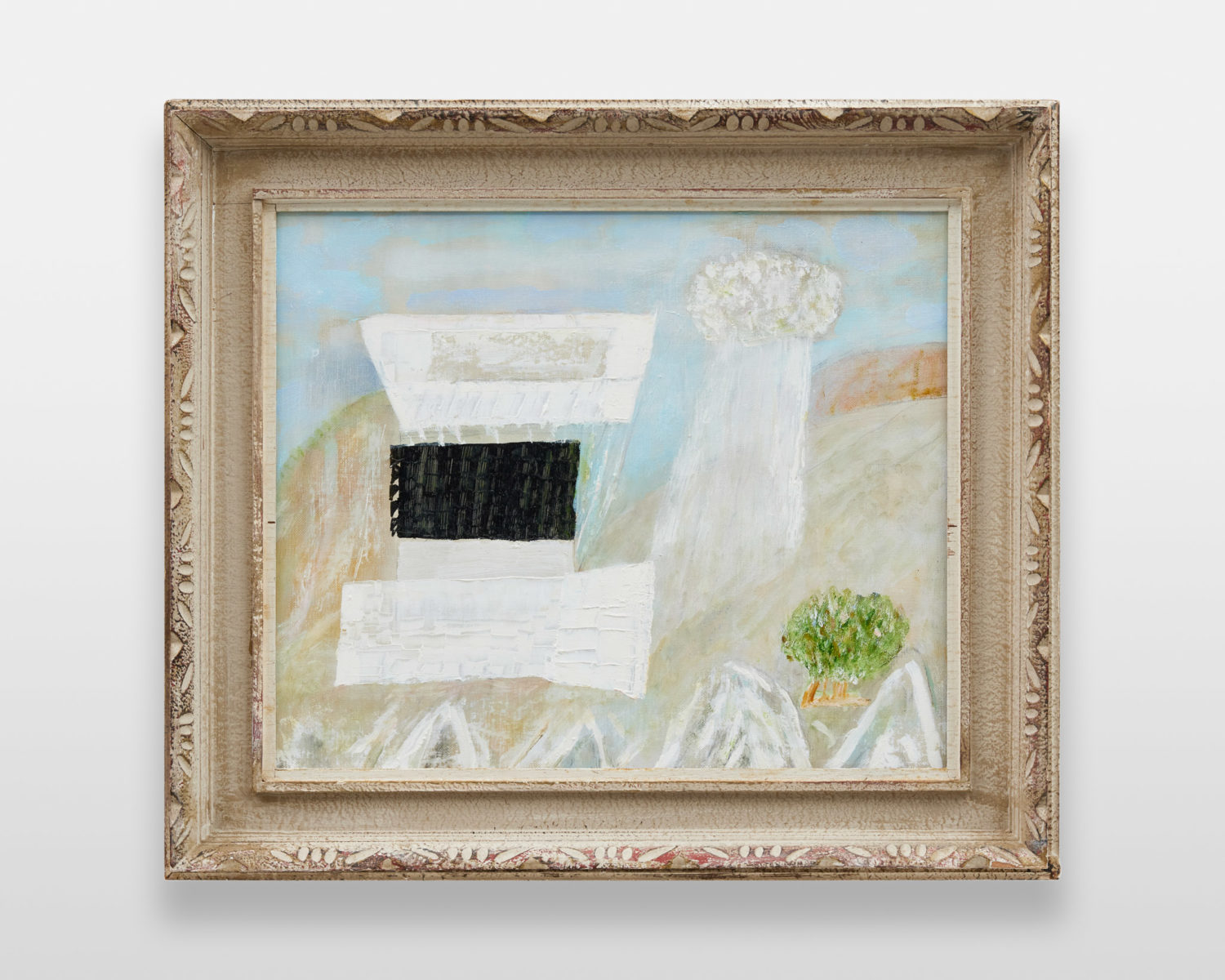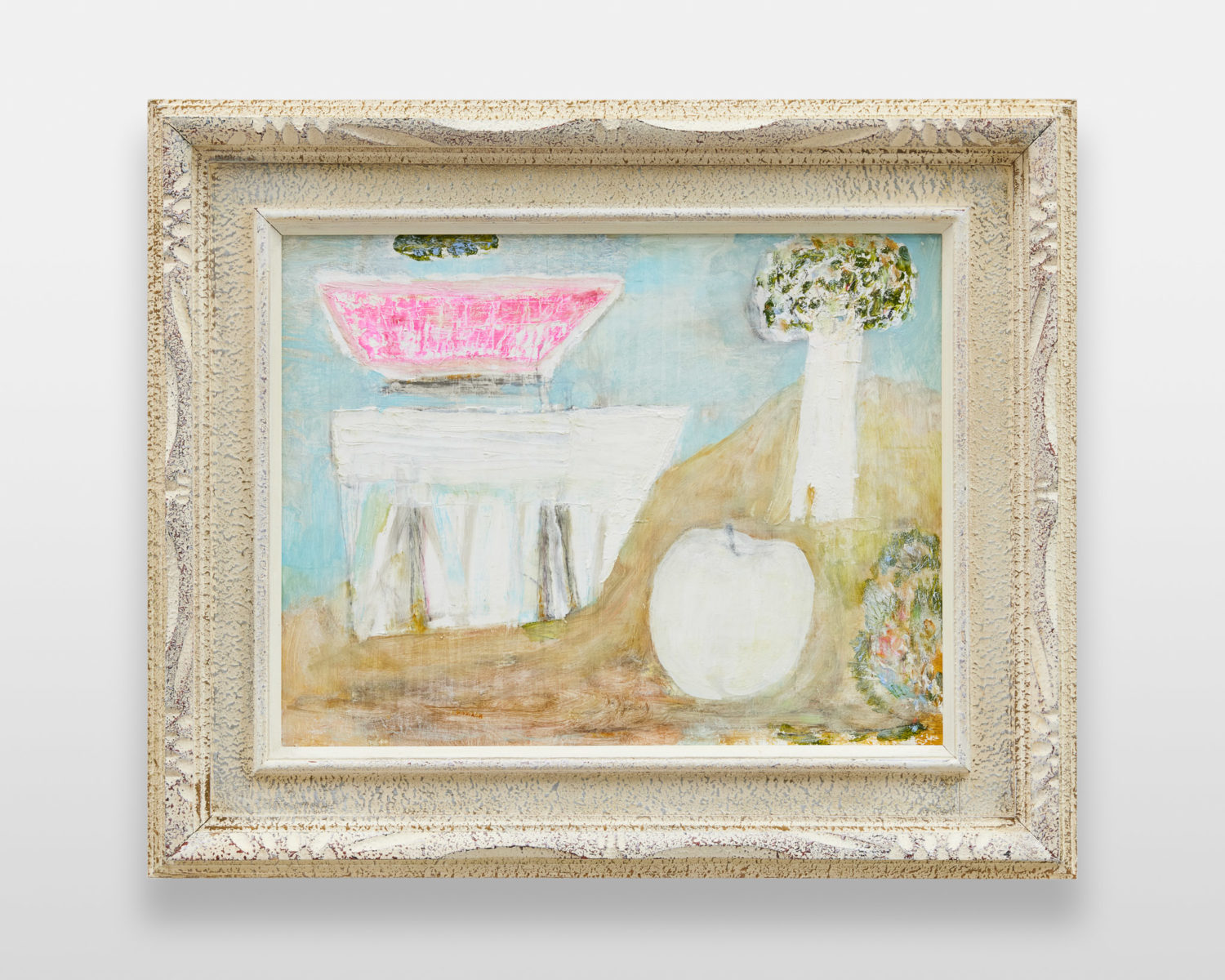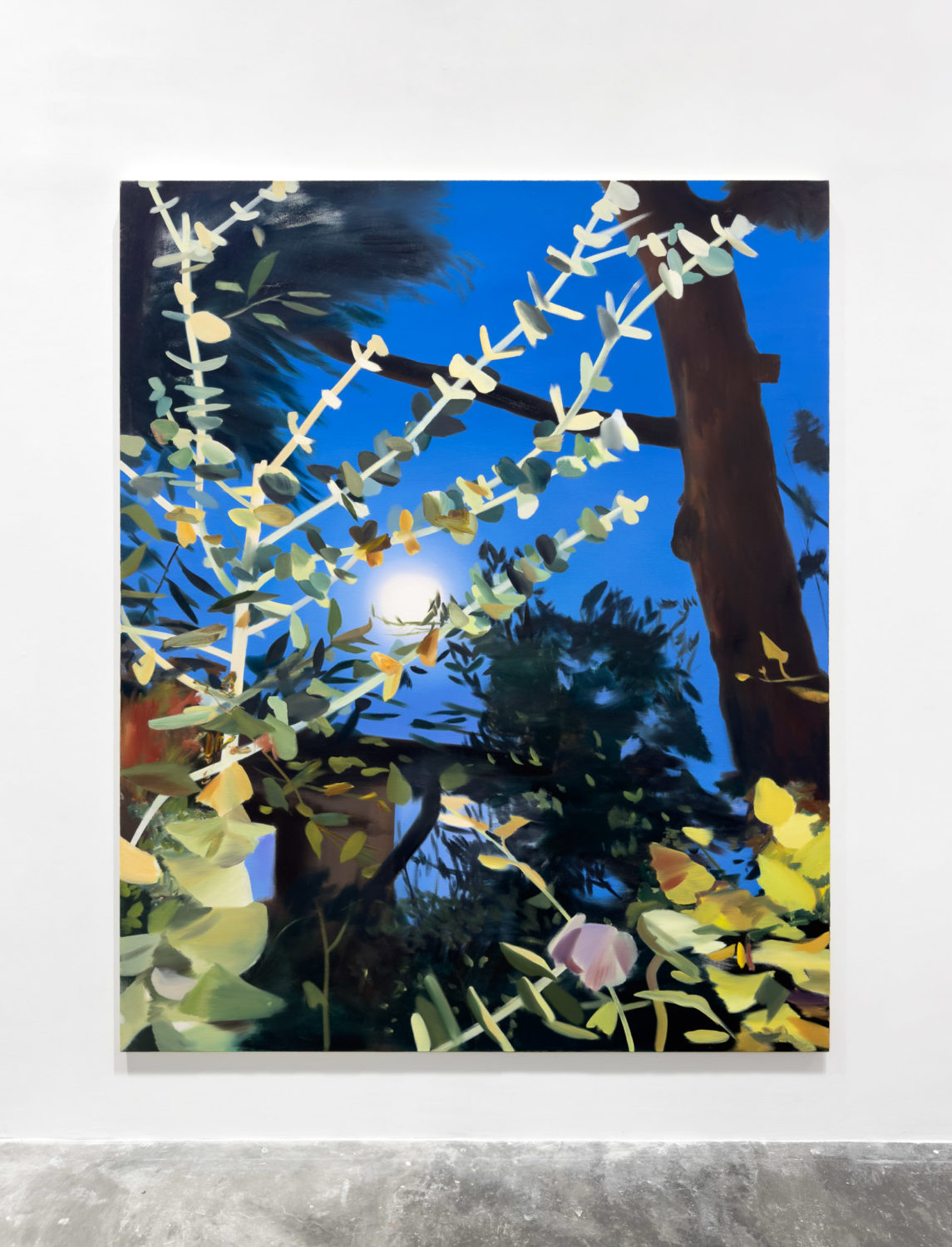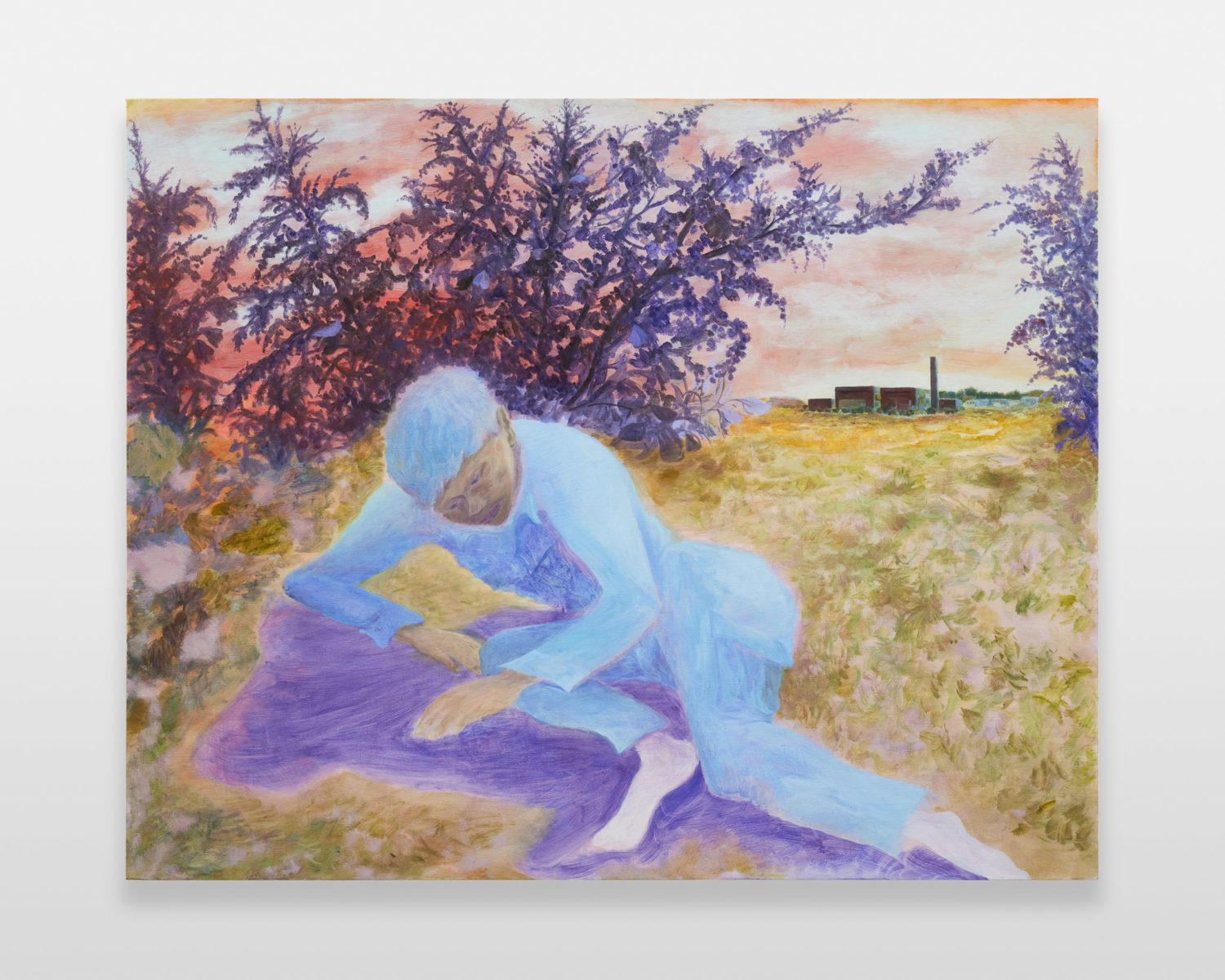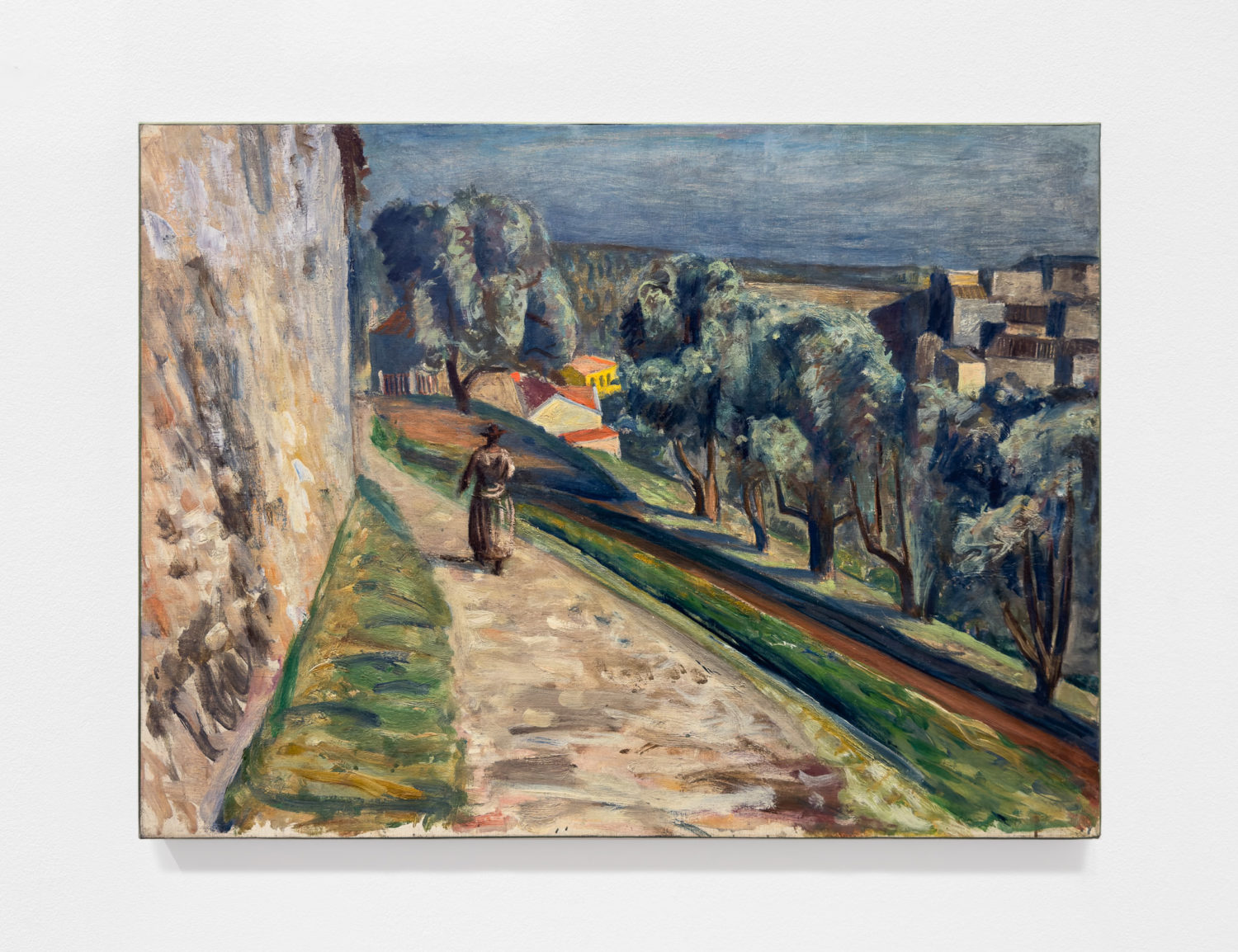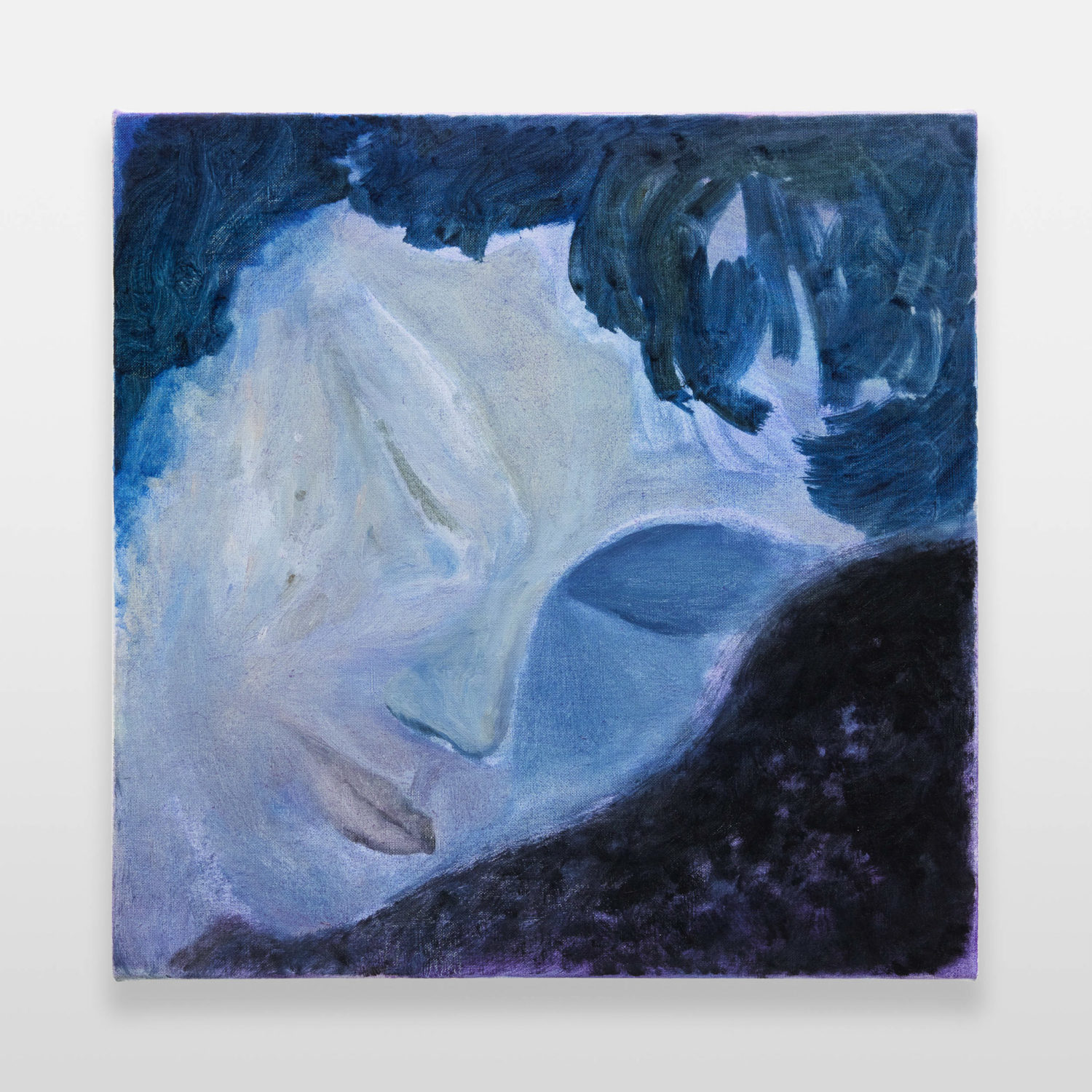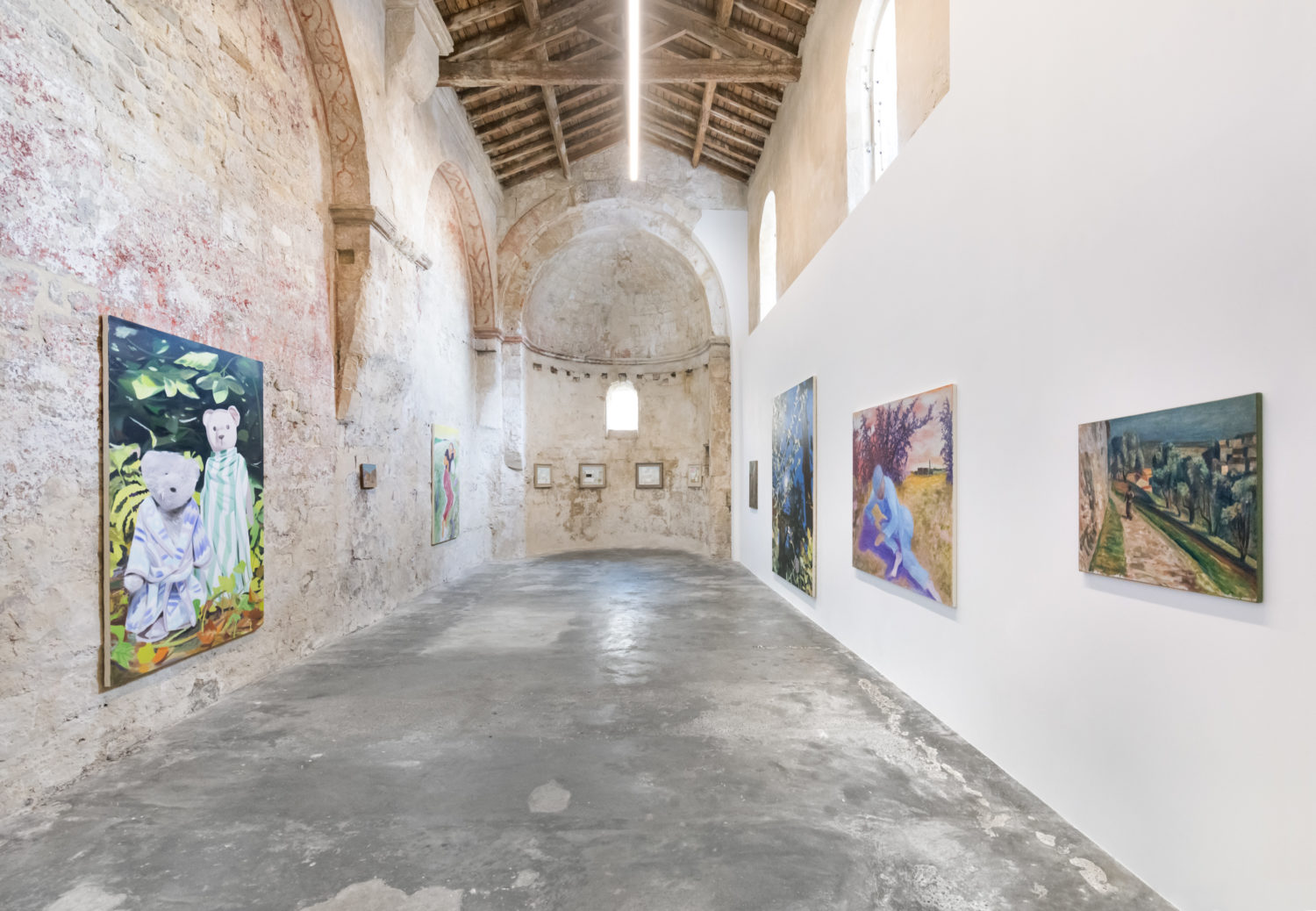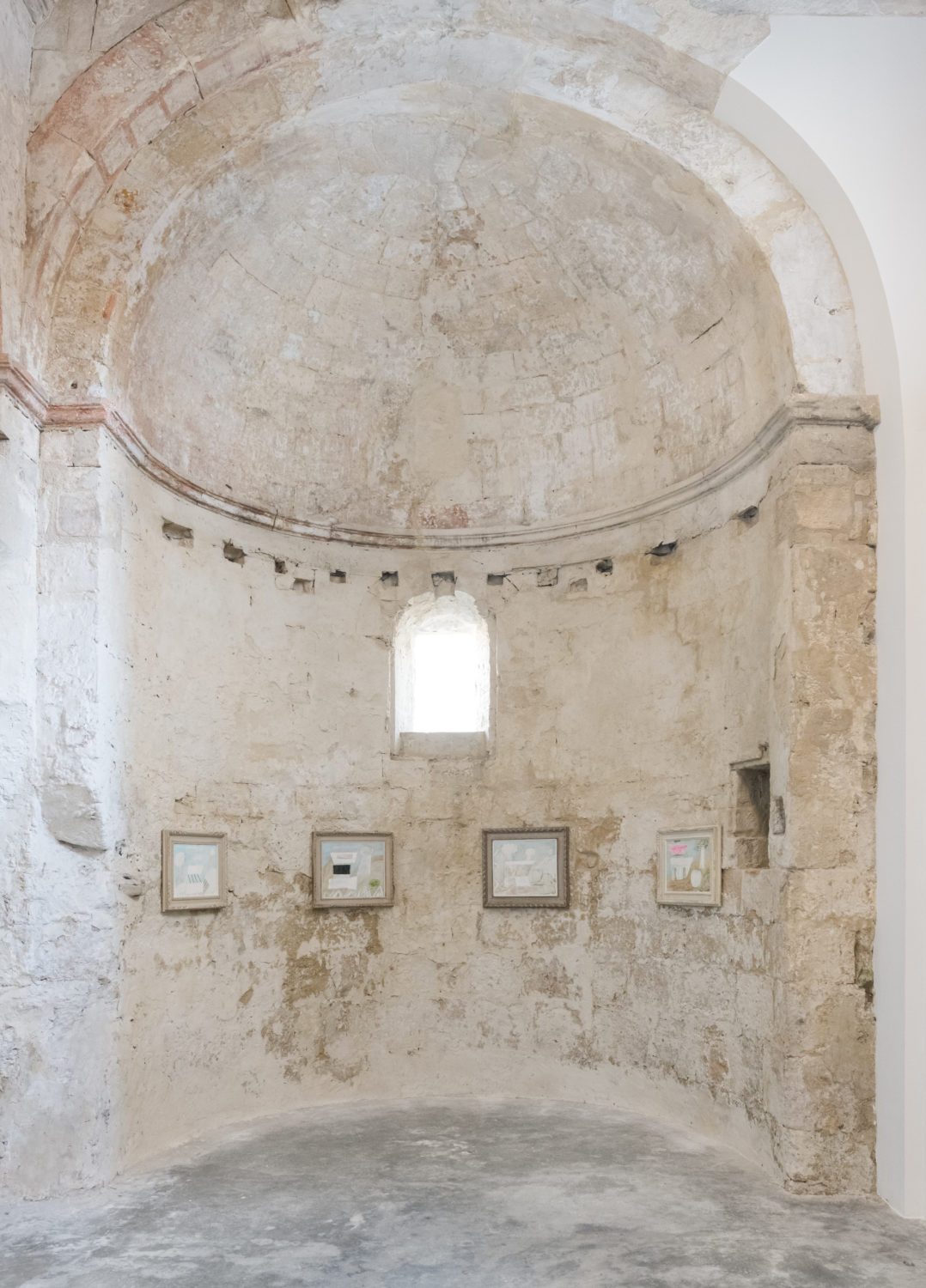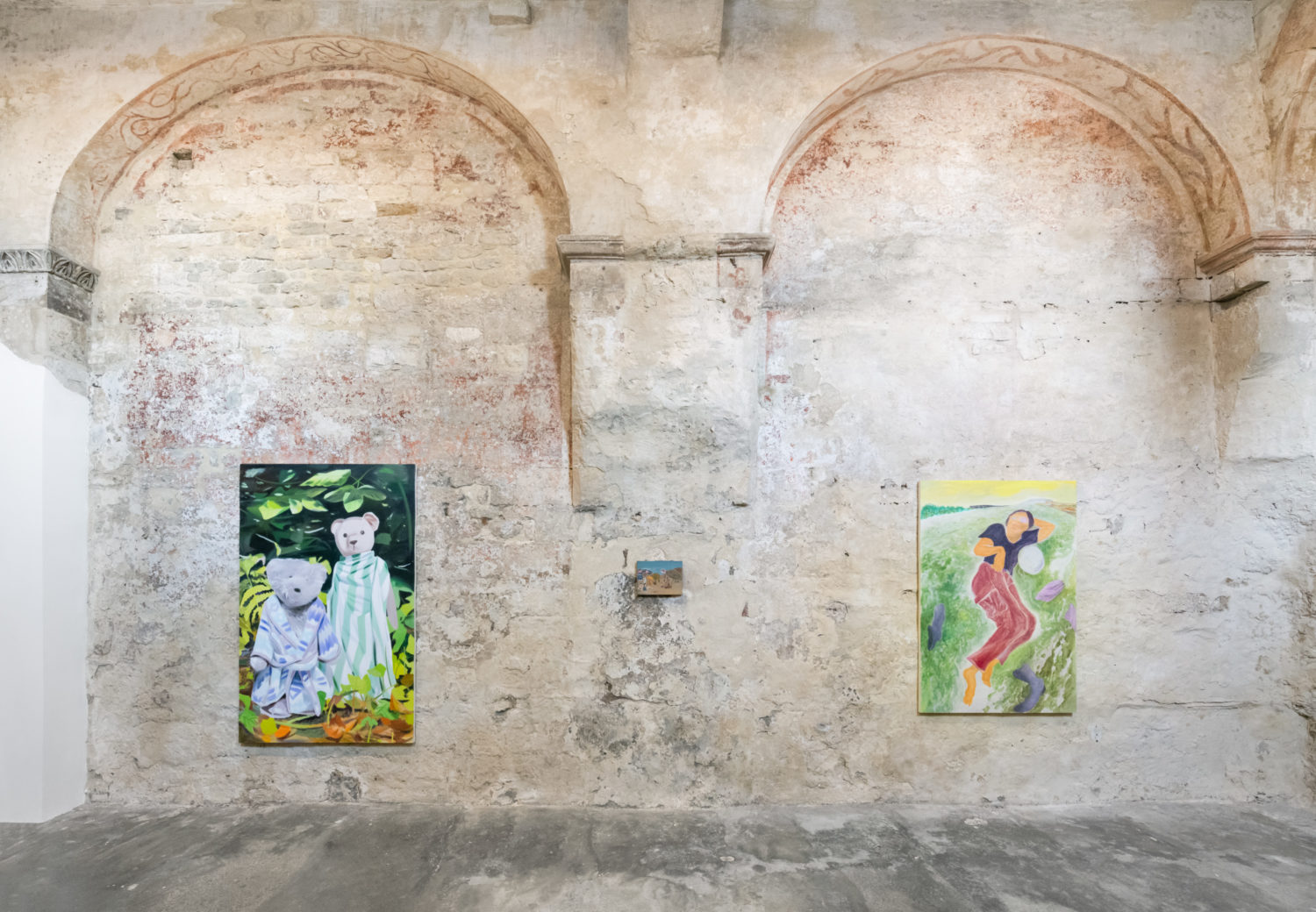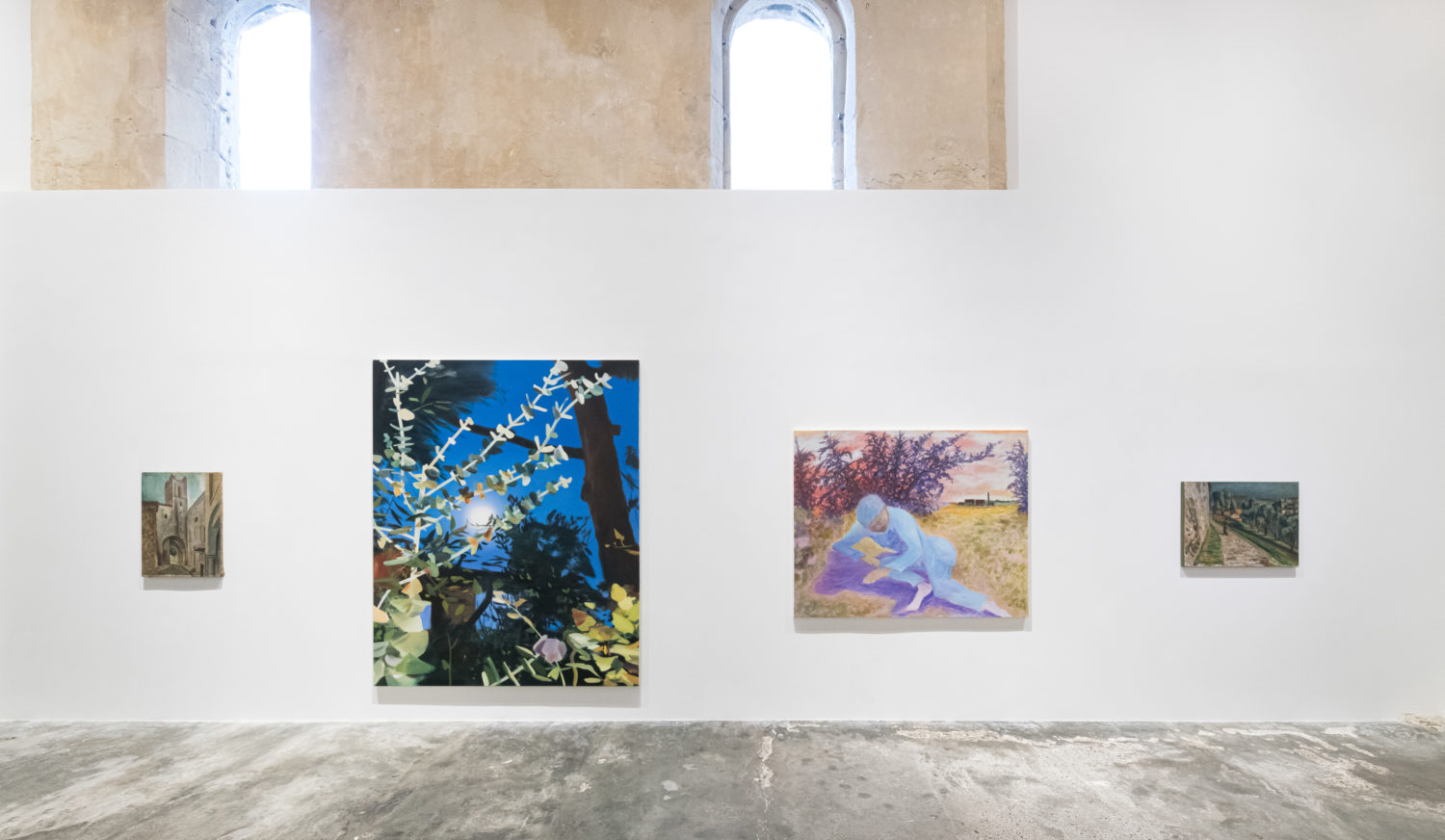

Past
Blue Wind
29 Apr - 08 Jul, 2023. Arles
Exhibition details:
Blue Wind
Apr 29 – Jul 8, 2023
Artists:
Zenzaburo Kojima
Daisuke Fukunaga
Ulala Imai
Hiroshi Sugito
Gallery:
19, rue de la Madeleine
13200 Arles
High Art’s invitation of Nonaka-Hill to prepare an exhibition for its space in Arles brought an opportunity to acknowledge the multi-generational aesthetic interchange between France and Japan, omnipresent from Eu- rope’s Modern Art period (1860s) and Japan’s concurrent Meiji era (1868-1912). The exhibition includes three works produced in France between 1925-1928 by pioneering Yōga (Western Style) artist Zenzaburo Kojima alongside paintings by contemporary artists working in Japan within today’s fully globalized aesthetic possibilities.
“The kind of art that we strive to create today must embody the middle way, in which the material and spiri- tual are merged into one…It must arise from realism (shajitsu) and yet transcend realism.”
— Zenzaburo Kojima, 1935
Zenzaburo Kojima (1893-1962) and His Time:
Embodying the new globalizing pursuits of Japan’s Meiji and Taisho Eras of his youth, Zenzaburo Kojima journeyed to France in the 1920s, when he was in his twenties, to seek training in oil painting, a recently im- ported art practice from the West which brought whole new aesthetic conventions to Japan, becoming known as Yōga (Western painting). Oil painting so challenged the continuum of Japanese artistic creation that, around 1900, academics unified to formally define and secure the pedagogy of traditional Japanese aesthetics and atelier techniques, calling the discipline Nihonga (Japanese painting). The artistic differences between Nihonga and Yōga also reflect the larger ideological oppositions present in Modernizing Japan; na- tionalism vs globalism, traditional vs contemporary, and so on. Simultaneously, in the West, artists enthusias- tically incorporated Japanese aesthetic characteristics (Nihonga) into their artworks. This embrace, histori- cized as Japonisme, also permeated the decorative arts, literature and music and helped for decades to define the same European Modern Art movements which Kojima journeyed by boat to observe.
In Seated Girl (1925), Kojima employs shadow, a hallmark of Yōga painting, to depict a european female subject set against a solid and flat mauve background. This flatness exemplifies one of the key conventions of Japanese aesthetics which was adopted into Japonisme, a profound influence on many masterworks of Western Modern Art, while the other works on view show evidence of French influence in Kojima’s early works. After returning to Japan, Kojima’s alternately spare and gestural paintings were often painted in plein-air to capture what the artist called ‘eternal life,’ a transcendence from observed reality and the individual’s subjective experience of nature. Continuously painting until his death in 1962, Kojima devel- oped wholly unique genre paintings which are firmly historicized within Japan’s domestic museums’ presen- tation of Japanese art of the 20th Century. Remembered as an early pioneer of Yōga, Kojima’s divergent ideas helped open pathways for subsequent generations.!
Daisuke Fukunaga (b. 1981, Tokyo, Japan)
Daisuke Fukunaga has created an oeuvre possessed of the interpretive visual expression which Zenzaburo Kojima urged artists to aspire to decades before. Exhibiting his work in solo and group exhibitions in Japan since 2006, Fukunaga has developed brushwork techniques and color tendencies which destabilize the image and energize the pictorial atmosphere. Between 2008 – 2015, Fukunaga orchestrated these painterly effects in a series depicting spaces and tools mostly seen and used by laborers bathed in fantastic light, imparting a magical anthropomorphic suggestion into Still Life genre works which were observably absent of the work- er. In more recent paintings, including the works in this exhibition, Fukunaga depicts the worker, finding a moment of urban yet Arcadian repose. For Blue Wind, Fukunaga reinterpreted Yōga pioneer Tetsugorō Yorozu’s (1885-1927) “Nude Beauty or Lady on the Meadow, 1912”. A masterpiece of 20th Century Ja- panese Art, Yorozu upended the odalisque pose of Neo-Classicism and painted in the flat, unblended high- contrast colors of Fauvism, which had been adapted by European artists from the conventions of Japanese Ukiyo-e prints. As in a few other recent paintings, Fukunaga’s interpretations neutralize the worker’s vulner- ability to the sexualized presumptions inherent in historic paintings and honor the laborers’ well-deserved, intermittent opportunities to connect with the sentience of their humanity.!
Ulala Imai (b. 1982, Kanagawa, Japan)
Family trips to Paris’ Louvre and Musee d’Orsay familiarized Ulala Imai with the masterpieces of European art at a very young age. Imai’s father, an artist making oil paintings, encouraged Imai’s curiosity in painting and imparted technical training. From her start, Imai desired to make images which appear illuminated from the inside, like Manet’s Asparagus which she had admired. Imai proceeded to paint her immediate environ- ment, bringing the French cuisine beloved by Imai’s grandmother and mother straight into the intimate still life paintings for which she first became known. These diminutive paintings, often depicting luminous, oily butter on toast, were serially produced as evidence of the pleasure Imai receives in her daily practice of spreading oil paint onto canvas. Imai’s early still life paintings of her grandmother’s souvenirs from her an- nual trips to Europe and antique dolls have evolved to now depict gatherings of objects endeared by her own young children, including globally recognized figurines from Peanuts and Star Wars, M&Ms, teddy bears, monkeys and a host of objects of amusement. Recently, the artist has adapted her still life images into much larger scale, conflating painting genres; a Still Life in the Landscape as a Portrait with Narrative, sometimes as a Nocturne. The shift to larger scale has allowed Imai to expand the scale of her brushstrokes, transform- ing the deft efficient strokes of her smaller images to larger, gestural strokes. For Imai, the painting pio- neered by Kojima’s generation and carried on by her father’s, is a transhistorical evolution.
Hiroshi Sugito (b. 1970)
Trained in Nihonga and adhering to many of its core technical and compositional precepts, Hiroshi Sugito endeavors along its path, pushing to see where the artistic discipline can go now. Over decades, Sugito has been renowned for atmospheric paintings which employ Nihonga’s characteristic lightly colored palette and flat backgrounds, upon which he structures images of objects and abstract motifs co-existing in conflicting scales and vantage points, rarely offering any sure sense of perspectival pictorial depth. Such painter’s possibilities are the genesis of Sugito’s three decades pursuit, but have been co-equally explored in Japanese aesthetics and European Modernist movements such as Cubism. The viewer’s presumed subject of a painting is, for the artist, the means to a more formal abstract end; the depiction of an apple within a composition of planes complicates the overall image by establishing a new sense of familiar scale and spherical shape, set apart from abstract scaleless planes. Aqueducts, present in Sugito’s work for several years, can be present in the paintings as an opportunity for the artist to paint curves. Sugito also employs the picture frame as a de- vice integral to the production of his image, framing to compress the image and unframing to liberate it, ad- justing paired image and alternating the frame until finished. Sugito’s recent works, seen here, add to an oeu- vre which includes large scale painting, shaped and mixed media paintings and sculpture, works on paper, mosaic tile murals, room scale installations and outdoor garden floral murals.

